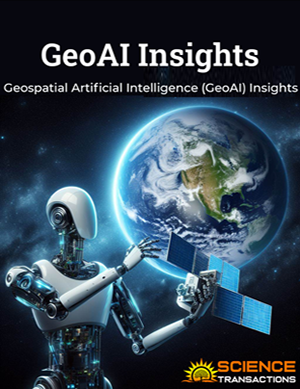Welcome to Science Transactions
Upcoming
Issue 2 2025 will be published on July 31, 2025.
Why Work With Us
We are the a non-profit organization and science journal publishers. We provide high quality peer-reviewed platform for worlds scientists, researchers, academicians, and Engineers. Our journals agenda is to bring together fundamental, applied and advanced peer-reviewed research from world’s best philosophers.
We publish geo-sciences and remote sensing and computer science articles under Science Transactions. This trustworthy knowledge is issued under the Science Transactions.


